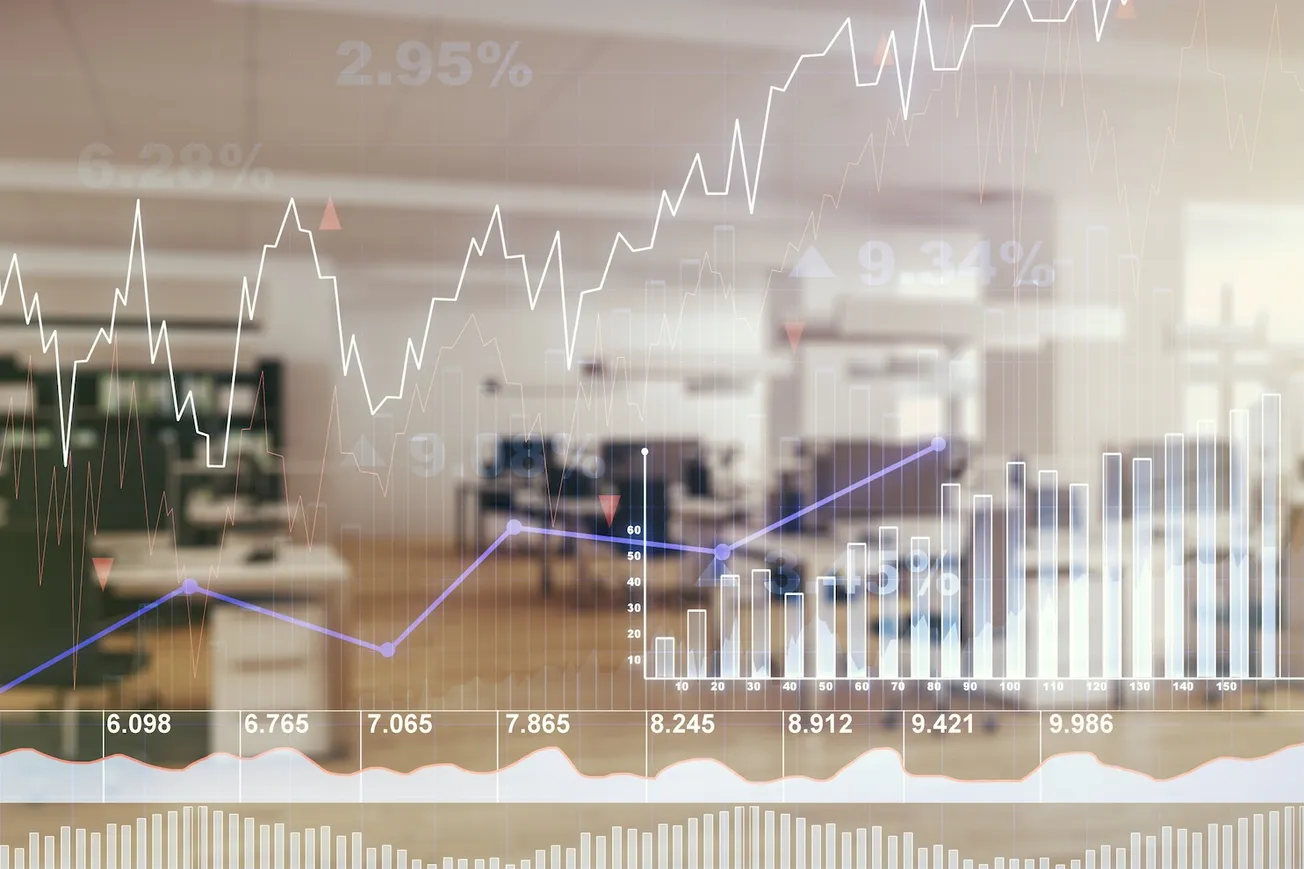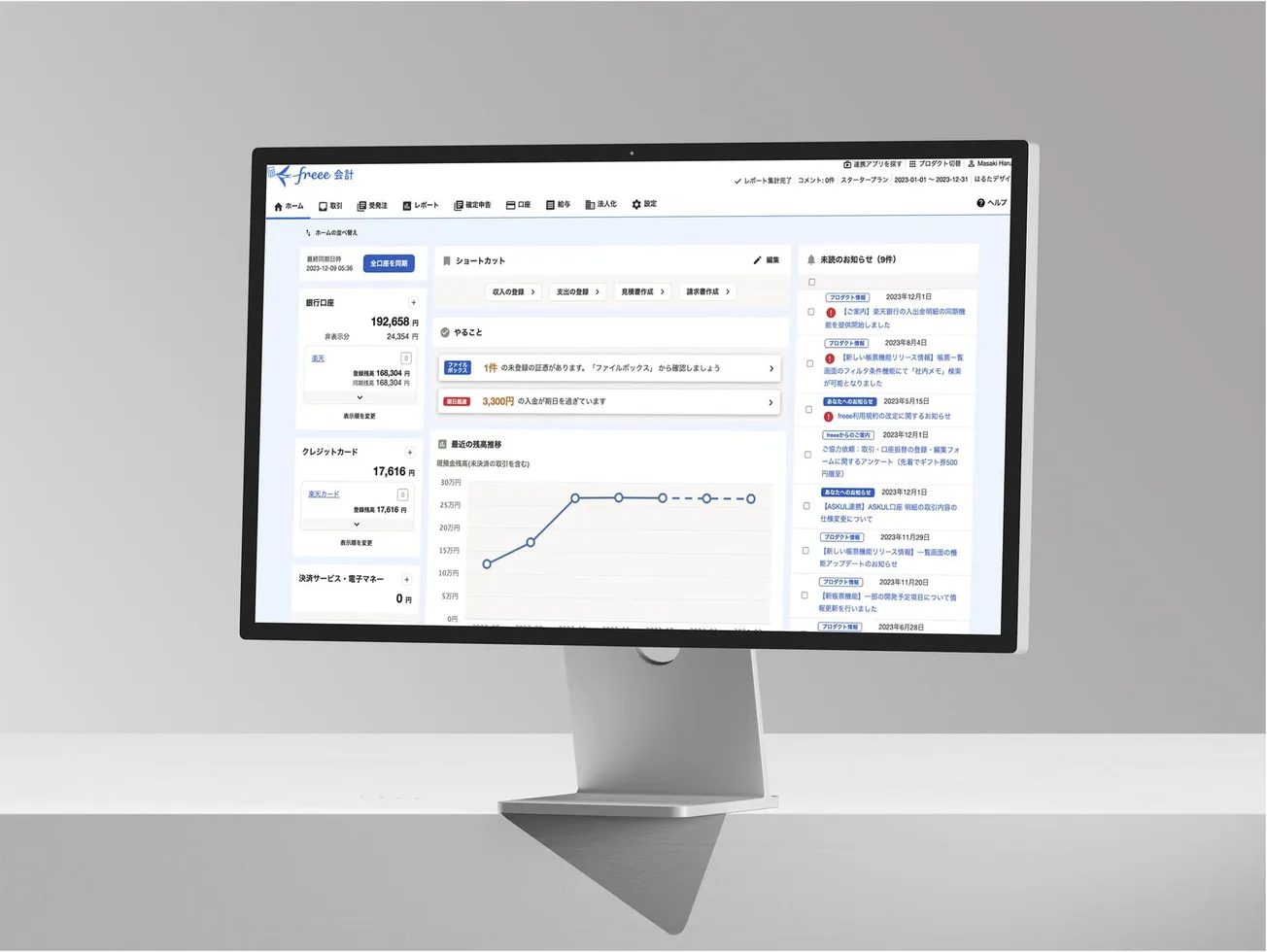Table of Contents
Disclaimer: Asian Century Stocks uses information sources believed to be reliable, but their accuracy cannot be guaranteed. The information contained in this publication is not intended to constitute individual investment advice and is not designed to meet your personal financial situation. The opinions expressed in such publications are those of the publisher and are subject to change without notice. You are advised to discuss your investment options with your financial advisers. Consult your financial adviser to understand whether any investment is suitable for your specific needs. I may, from time to time, have positions in the securities covered in the articles on this website. This is not a recommendation to buy or sell stocks.

Earlier this week, I strapped a continuous glucose monitor (“CGM”) onto my arm. A CGM is a small sensor that tracks your blood sugar in real-time. It then sends that data to your smartphone, where it can be analysed.
I jumped on the CGM bandwagon to understand how my body responds to food. I wanted to find out how to keep my blood sugar levels within an appropriate range.
Through my multi-day experiment with a CGM, I’ve become bullish on the product and the industry. As Peter Lynch once said, consider investing in companies whose products you encounter in your daily life and love.
The day has come when CGMs are going mainstream - used not only by diabetics but also by health-conscious individuals such as myself.
Introduction to CGMs

Continuous glucose monitors (“CGMs”) are sensors inserted through the skin to measure blood sugars in real-time. The sensors stay on your skin for 10-14 days before they’re discarded.
These devices are typically used by diabetics whose blood sugars are out of control. Glucose is a type of sugar that’s found in your blood.
There are two types of diabetes:
- Type 1 diabetes is an autoimmune disorder that leads to an inability to produce insulin - the hormone used to regulate blood sugar. Type 1 diabetics need frequent insulin injections to make up for the insulin that’s missing in the body.
- Type 2 diabetes is when a poor diet causes your body to become insensitive to insulin. To make sure the blood sugar levels remain within an appropriate range, these individuals will eventually need to inject insulin as well. Almost all diabetes patients belong to the Type 2 category.
If your blood sugar drops below a certain level, you might lose your consciousness or even die. Conversely, if your blood sugar exceeds a certain level, you might get damage your blood vessels.
So you’ll want to keep your blood sugars within a specific range, say around 80-120 mg/dl or 4-7 mmol/l. To clarify, “mg/dl” is the metric used in the United States in several other countries, and “mmol/l” is the metric used in the rest of the world.
In a healthy person, blood sugars increase after a meal and drop within an hour or two. But in diabetics, insufficient insulin or insulin resistance is causing blood sugars to remain high for an extended period of time.

In the old days, diabetics would puncture their fingers, put a drop of blood on a glucose test paper and then insert the test paper into a card reader to determine their blood sugar levels. These devices are known as blood glucose monitors or “BGMs”).

Old-tech blood glucose monitors - also knowns as BGMs - are inconvenient. The patient is required to carry around alcohol cotton balls, test strips and the testing device. It’s a tedious process, and the patient might also experience discomfort. What’s worse is that the BGM only provides a snapshot of your blood glucose at one specific time.
Continuous glucose monitors - also known as CGMs - are much more convenient, given that the needle is so small that you wouldn’t even notice it. The sensor can stay on your skin for weeks. And since it provides continuous updates, you can get feedback on how your body behaves throughout the day and how it responds to different foods.
If you’re a diabetes patient, you must then inject insulin. One option is to inject insulin via single-use needles. The other option is to use an insulin pump that pushes insulin into your body continuously through an “infusion set”. The most advanced insulin pumps communicate with the glucose monitor to ensure that blood sugar levels stay within the normal range at all times.

The next technology frontier will be minimally invasive devices that can measure glucose levels without piercing the skin. It’s been the holy grail of the diabetes care industry, but somehow, neither solution has reached the market yet. For example:
- Novartis had a product that measured glucose levels in the fluid around your eyes, but it wasn’t that accurate.
- Another solution is to send an electrical signal to pull glucose through the skin. But that causes irritation, and the readings are not that accurate either.
- Glucose monitor implants are available from companies like Senseonics, but they tend to cause inflammation in the body.
- Finally, there’s also new technology that uses a laser to measure glucose behind the skin. It remains to be seen whether such technology will ever see the light of day.
Benefits of continuous glucose monitors
Today, most diabetics still use traditional blood glucose monitors. In the next 10-20 years, many of them will switch to continuous glucose monitors.
The benefit of CGMs is that they help modify your behaviour. They provide instant feedback on whether you’re burdening your body with, say, too much-refined sugar or flour.

Such instant feedback can provide warning signals, telling you to adjust your behaviour in real-time. Users can then regulate their blood sugars by eating something, taking insulin, exercising and so on.
And even after the fact, your doctor can also look at your data and advise on how to deal with your diabetes.
According to one study, 90% of diabetics said that they had modified their own behaviour after starting to use a CGM. They become more careful of what they eat, drink more water, start exercising, and so on.
Another study showed that using a CGM dropped “A1c” - an approximation of long-term average blood glucose levels - by 1.5 percentage points. That’s a massive drop, suggesting that CGMs help modify your behaviour.
The nascent CGM industry
Diabetes is a massive industry. In the US, for example, the cost per diabetes patient is around US$17,000 per year, including hospital visits and the cost of drugs to control blood sugar levels. A single hospital visit for low blood sugar can cost around US$2,500. Insulin is also expensive, and once you’re on insulin, you typically stay on it for the rest of your life.
So if your diabetes can instead be controlled through CGMs, then it’s a win for both you and your insurance company. A 10-14 day sensor costs around $40-50, and a CGM subscription can cost around US$1,400-2,000 per year. These are small numbers compared to the future cost of drug treatments or hospitalisations.
However, US$1,400-2,000 per year is still out of reach for many emerging market consumers. In such countries, those much-cheaper traditional blood glucose monitors still reign supreme.

CGMs are a great business. A sensor doesn’t cost more than US$10 to produce, meaning that gross profit margins tend to stay above 60%. And since many patients are on subscriptions, CGM manufacturers will enjoy steady, recurring revenues.
And there are significant barriers to entry into the industry:
- Software algorithms: Modern CGMs do not measure blood glucose directly. Instead, they take a sample from the area just below the skin and use complex algorithms to approximate what the real blood sugar levels might be. The accuracy of those algorithms varies from company to company.
- Clinical trials: CGMs also need to go through clinical trials before they can be sold. And to get reimbursement from a country’s medical system, they face additional hurdles.
- Closed-loop systems: Finally, some CGMs work together with insulin pumps in closed-loop systems. So if you want to use a CGM together with a pump, you’ll need to buy the whole set, increasing the barriers to entry further.
Today, the market for CGMs is growing close to 30% per year, with a projected market size of about US$19 billion globally by 2024.

The potential is even greater outside of the United States and Europe, where penetration rates for Type 2 diabetes patients remain below 2%. For example, there are 6x as many diabetics and pre-diabetics in China than the US. Not to mention the Indian market. The market potential for CGMs is massive.
The competitive landscape
Today, the CGM industry is dominated by America’s Dexcom (DXCM US- US$45 billion), Abbott (ABT US- US$184 billion) and Medtronic (MDT US- US$105 billion). Then, there are several US-based start-ups, such as a16z-backed Levels (Private company). Dexcom is often called “the Apple of CGMs” as their product are feature-rich but expensive. Abbott’s Freestyle Libre CGM is cheaper but doesn’t have all the bells and whistles.

Competitors are starting to show up in China, Korea and Japan. Asian-developed CGMs are not comparable in quality to their American peers.
In China, Abbott’s Freestyle Libre CGM dominates the market with an 80% market share. Medtronic’s Guardian CGM controls another single-digit percentage of the market. But several listed Chinese competitors are trying to catch up:
- Switzerland’s Ascensia Diabetes Care recently partnered with China’s POCTech - 50% owned by Yuyue Medical (002223 CH- US$5.1 billion) - to develop a CGM.
- Sinocare (300298 CH- US$2.6 billion) is the leader in traditional glucose monitor tests in China. Its 2016 acquisition of US-based Trividia helped cement its lead. Sinocare also has a CGM that it’s hoping to get approval for in 2023.
- MicroTech Medical’s (2235 HK- US$504 million) AiDEX G7 CGM has the benefit of not needing to be calibrated through finger-pricking before use. Its accuracy is decent. MicroTech also has an insulin-infusion pump, which will form a part of a closed-system CGM-insulin pump device to be launched in late 2023.
In Japan, start-up Quantum Operation (Private) just presented the world’s first non-invasive glucose monitor capable of continuous testing. It’s unclear whether it will ever reach the market. Meanwhile, incumbent blood glucose monitor producer PHC Holdings (6523 JP- US$1.4 billion) doesn’t have a CGM. But PHC is the exclusive distributor of US-based Senseonic’s implantable CGM for the Japanese market. Terumo (4543 JP- US$22 billion) has exclusive rights to sell Dexcom’s CGMs in Japan.
In Korea, i-Sens (099190 KS- US$352 million) has developed a CGM for the domestic Korean market and Germany, to be launched in 2023. i-Sens’s current product portfolio is mostly focused on traditional glucose monitors.
In Taiwan, TaiDoc (4736 TT- US$786 million) produces traditional blood glucose monitors, mostly on an OEM basis. It’s unclear whether TaiDoc has a CGM in the pipeline.
Google (GOOG US - US$1.3 trillion)’s subsidiary Verily is also working with Dexcom to improve its CGM algorithm. Apple (AAPL US- US$2.3 trillion) has been rumoured to work on minimally invasive glucose monitors for at least five years together with Dexcom. But if you wear a Dexcom sensor today, you can already read your blood glucose level straight from your Apple Watch.
Closing thoughts
My own experiment with Abbott’s Freestyle Libre CGM has been overwhelmingly positive. I believe in preventative medicine rather than waiting until it’s too late and disrupting your hormonal balance by injecting insulin.

What have I learnt from my experiment?
That I need to be careful with refined sugars, especially in large quantities. With regular exercise, my blood sugars tend to be more stable. And I learnt that it’s okay to fast for prolonged periods of time. My blood sugars will remain stable.
While those insights are common sense, it’s powerful to see how your food choices affect your body in real-time. It makes me more determined to clean up my diet.
If Dexcom or any of the other market leaders can one day figure out a way to track your blood sugar without piercing the skin, then I think blood glucose monitoring will eventually become mainstream. Sold not just to diabetics but also to normal people like me who just happen to care about their health.

This is just the beginning. I intend to focus more on the CGM industry in the future. To make sure you don’t miss future reports, consider becoming a full subscriber:








